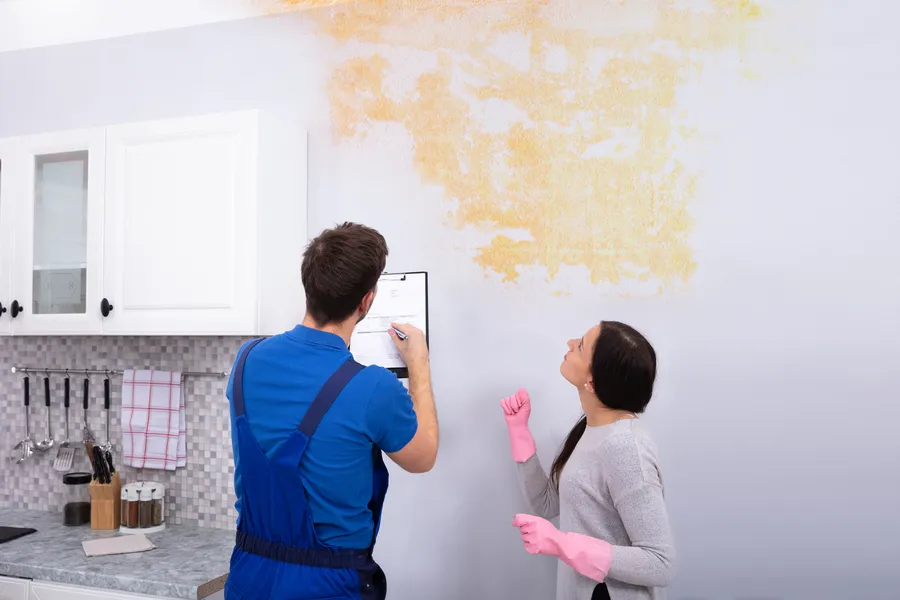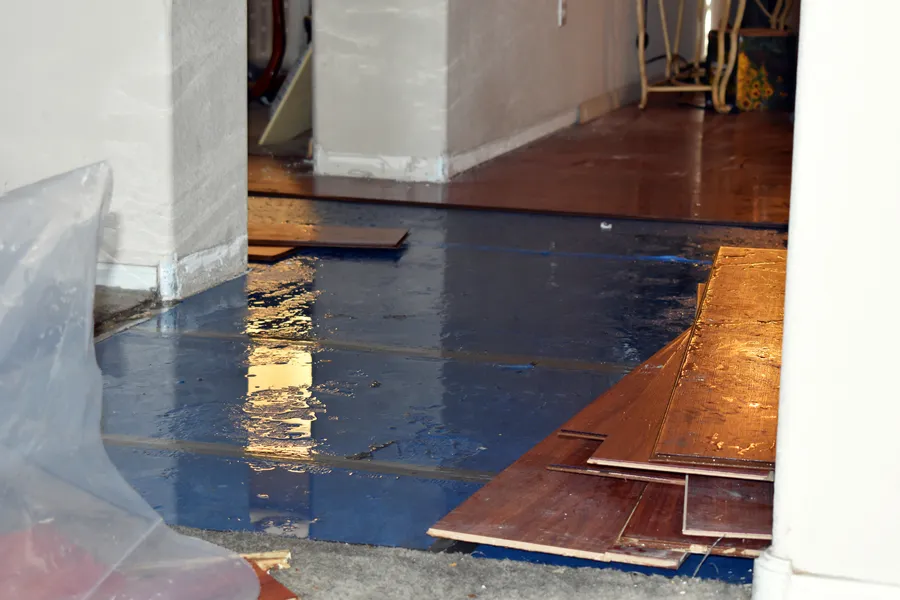Unveiling Key Methods to Restore Your Property Efficiently
Water damage can wreak havoc on your property, making efficient restoration crucial. Various drying techniques are employed to restore properties affected by water damage. These techniques aim to remove moisture quickly and prevent further issues such as mold growth or structural deterioration. This article will guide you through the essential methods used in the industry, ensuring a better understanding of what to expect during the restoration process.

The Importance of Proper Drying Methods
Understanding the significance of proper drying methods is critical for effective water damage cleanup. Without timely and appropriate drying, residual moisture can lead to significant problems like mold development and structural weakening. Timely intervention using tested techniques ensures your property returns to its pre-damage condition, preserving both its value and safety.
Common Tools Used in Water Extraction
When tackling water damage cleanup, professionals rely on specialized tools to extract water efficiently from affected areas. Some common tools include:

- High-power pumps that remove standing water
- Wet/dry vacuums for minor flooding and carpet extraction
- Dehumidifiers designed to reduce ambient humidity levels
These tools help ensure all excess moisture is effectively removed, preventing further damage.
Different Approaches to Structural Drying
Structural drying involves several approaches tailored to the specific needs of each situation. Technicians often use air movers that circulate air across surfaces, speeding up the evaporation process. Additionally, desiccant dehumidifiers absorb moisture from the air, while refrigerant dehumidifiers cool the air to remove moisture through condensation. By choosing the right combination of these techniques, professionals can thoroughly dry structural components like walls and floors.
Why Carpet and Upholstery Drying Matters
Carpets and upholstery are particularly vulnerable to water damage due to their absorbent nature. Quick action is necessary to prevent permanent damage and microbial growth. Specialized equipment like weighted extractors compress carpets and pads to remove water, while air movers increase evaporation rates. Ensuring complete drying of these materials protects against unwanted odors and bacteria proliferation.
The Role of Moisture Meters in Effective Restoration
Moisture meters play a vital role in assessing the extent of water damage and monitoring progress during restoration. These devices measure the moisture content in materials, guiding technicians in applying suitable drying techniques. By using moisture meters, professionals can determine when an area is completely dry, thereby ensuring no hidden moisture remains that could lead to future issues.
Maintaining Indoor Air Quality During Restoration
Preserving indoor air quality is crucial throughout the drying process. It requires controlling airborne particles and contaminants that might arise from disturbed materials. Using HEPA-filtered air scrubbers captures particulates and allergens, ensuring a healthy living environment even amidst restoration efforts. Maintaining good air quality is important not just for health but also for preventing secondary damage.
Ensuring Successful Water Damage Restoration
The effectiveness of drying techniques used in water damage restoration significantly influences overall recovery outcomes. With comprehensive methods tailored to each unique scenario, you can ensure successful restoration efforts that protect your property long-term. For expert guidance, contact Spring Hill Environmental at (857) 340-6276. Our team operates across Revere, MA, dedicated to delivering top-quality service every time.
